What is a green screen and how is it used?
Whenever you watch a Hollywood movie or a superhero movie and you see the characters jumping into space or flying across the screen, as much as you may want to believe it was all filmed in real life, most of the time it wasn’t. Let’s take a deeper look into what’s needed to accomplish this.
The concept of rubbing out a solid background color and replacing it with something else was first used more than 80 years ago. Over time the technology and equipment for this improved greatly and now almost every movie you watch has used this special effect. This is called chroma keying or green screen compositing. It allows film producers to put someone or something in front of a plain green backdrop, then edit out all the green color. This will leave them with the subject against a transparent background, thereby enabling the editor to replace the transparent backdrop with anything of their choice. After matching the color of the subject to the background, you’ve created a video which appears to be seamless and genuine.
Now why does the background screen have to be green? Quite simply, green does not match any color of the human body or clothing, unlike a screen which is brown or red and would match the color on a costume or someone’s skin. Cameras nowadays capture double the amount of green color than any other color, again making it easier to key out in post production. However, because of how bright the color green is, it can overspill and reflect onto the lighter colored subjects. This is why blue backgrounds are occasionally used. It would be for the same purpose but most often it is if the scene had to be darker lit or the subject had to wear green clothing. It is also easier to key out the blue around objects which would normally melt into the greenscreen.
Undoubtedly the most important factor in green or blue screen filming is the lighting. Although a slight change in detail or light may not appear to be significant, it can completely mess up the final production, with shadows and reflections interfering with the subject. Another reason why blue screens aren’t always used is because you need a lot more lights on a blue screen rather than a green screen.
Although it all may appear to be complicated, this technique is definitely worth trying and you can have so much fun editing it and creating your own surreal video. Once you become familiar with it, you can raise it to a whole other level and experiment with random green objects and extra special effects. Here’s a link to one of my greenscreen videos and some examples below of how I’ve used a greenscreen.
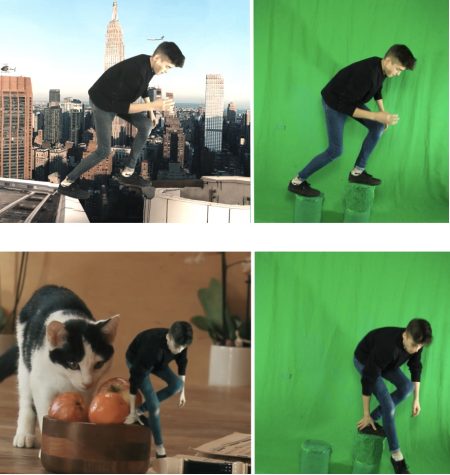
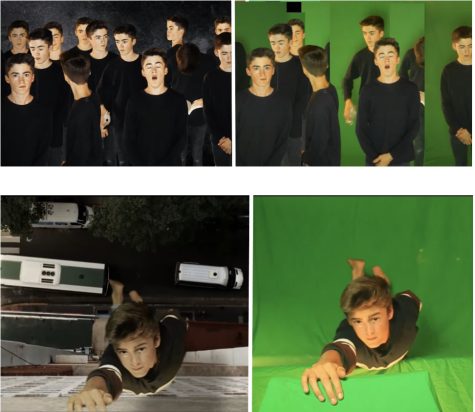
Dom Witchalls is a Journalism student and a Junior at MoDG. He’s interested in visual arts such as cinematography, photography, content/media creation,...

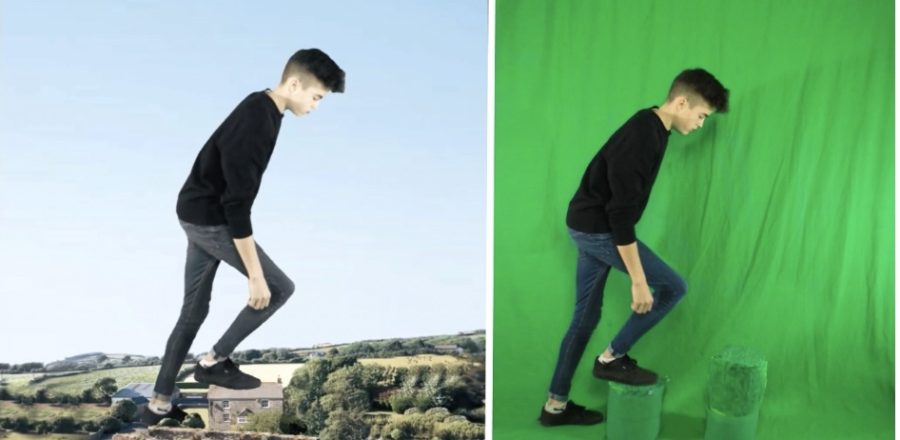
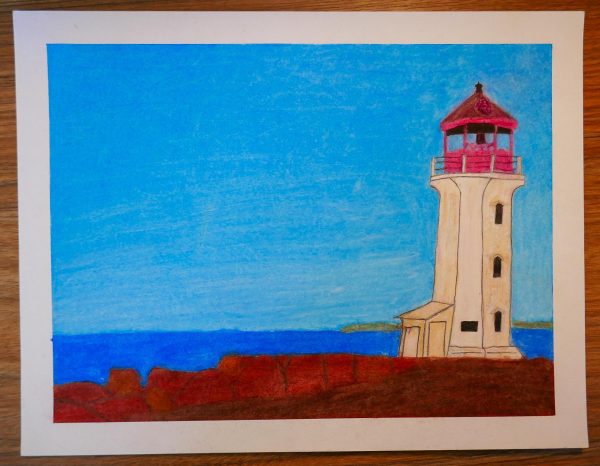
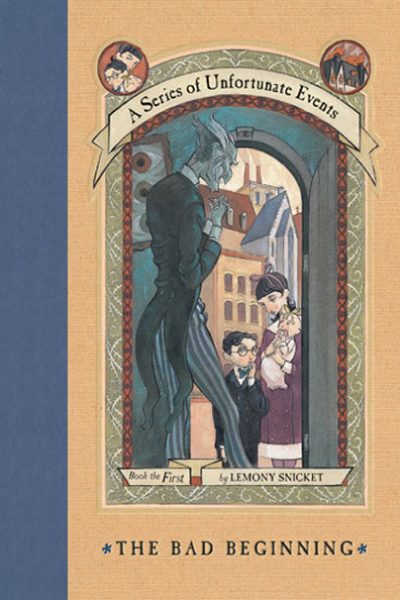
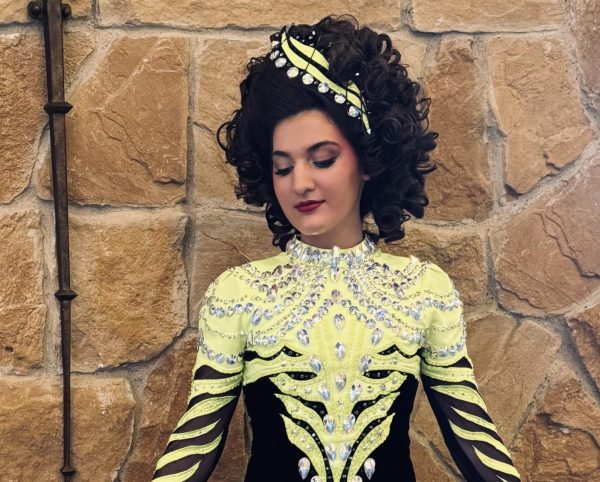
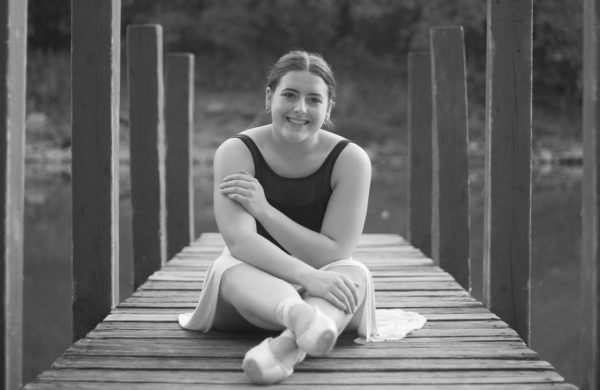

Joseph McD • Dec 8, 2022 at 1:04 am
Very good article! I learnt a lot about cinematography!!! Thanks a lot for putting the effort into this article Mr. Witchalls.
Raphaelle Fitzgerald • May 5, 2022 at 4:04 am
Very interesting article. Helpful images. Bravo mr witchalls